Charlotte Mason Picture Study for Homeschool
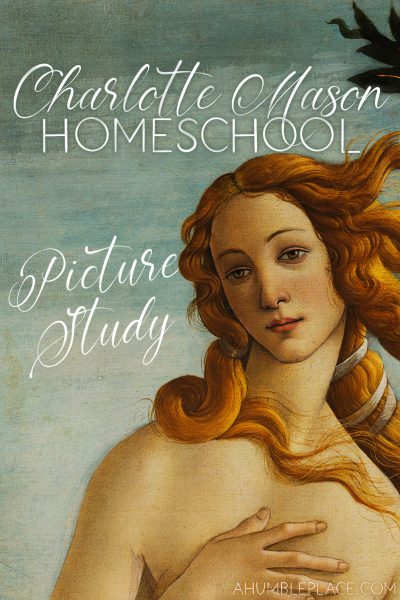
His education should furnish him with whole galleries of mental pictures, pictures by great artists old and new;––…–– in fact, every child should leave school with at least a couple of hundred pictures by great masters hanging permanently in the halls of his imagination, to say nothing of great buildings, sculpture, beauty of form and colour in things he sees. Perhaps we might secure at least a hundred lovely landscapes too,––sunsets, cloudscapes, starlight nights. At any rate he should go forth well furnished because imagination has the property of magical expansion, the more it holds the more it will hold.
Charlotte Mason (Philosophy of Education, pg 43)
Picture study (also known as artist study or picture talk) is the very best way I know of including art appreciation in your homeschool. Whether you’re a Charlotte Mason homeschooler or follow a different philosophy of home education, picture study makes it easy for you to explore art education and for your kids to develop relationships with fine art!
Even before my kids were near school age, I knew we were going to be a homeschooling family. Neither I nor my husband were homeschooled, but that was the path that made (and still makes!) the most sense to us and felt the most right after we became parents. So, when our son was about two years old, I started to look into what our homeschooling options might be.
After doing some research into different philosophies, including Montessori and Waldorf, and looking into various boxed curricula that were available, I decided on one company that I felt matched our family’s values. I dutifully ordered their preschool books which I devoured upon delivery and immediately tried to implement those ideas in our home. Thankfully, even though the curriculum did not claim to be influenced by the Charlotte Mason method, it was still very much for allowing children that “full six years of passive receptive life,” so we didn’t stray far from the path we would ultimately take.
I first heard about Charlotte Mason back in 2013 when my son was three and I began offering virtual assistant services to bloggers. Several of the women with whom I worked were starting to explore Ms. Mason’s philosophies and writing about them on their websites. This coupled with an ebook that essentially summarized her principles piqued my interest and I decided to get For the Children’s Sake from the library.
It was the best decision I have ever made for my children’s education.
Everything she wrote about Ms. Mason’s ideas and principles resonated deeply with me. I loved the idea of educating children through living, well-written books and allowing them to develop relationships with ideas. I loved the emphasis on the natural world and spending time outside. I loved the practice of short, varied lessons that covered a wide range of topics. But the pièce de résistance for me, as unimportant as it may sound to others, was picture study. Picture study sold me on Charlotte Mason.
If it’s not abundantly clear, I love art. I love paintings and illuminated manuscripts and sculpture and photography and everything that world encompasses. I love the stories behind the artwork. I love to learn more about the different time periods of the various styles. I love to read about the lives of the artists who created it. And it was for these reasons that I majored in art history in college.
When I read that Charlotte Mason stressed the importance of exposing children, even young children, to fine art, allowing them to take in the art of different artists on their own terms, in their own time, and not being guided through a work of art to be told what to think, I was 100% hooked on this nineteenth-century educator.

“…we aim at putting the children in touch with the great artist minds of all ages. We try to unlock for their delectation the wonderful garden of Art, in which grow most lovely flowers, most wholesome fruits. We want to open their eyes and minds to appreciate the masterpieces of pictorial art, to lead them from mere fondness for a pretty picture which pleases the senses up to honest love and discriminating admiration for what is truly beautiful— a love and admiration which are the response of heart and intellect to the appeal addressed to them through the senses by all great works of art.”
Parents Review Volume 12, no. 7, July 1901
I understand, however, that picture study can be intimidating, especially to those who are not particularly artistically-inclined. I’ve heard in various places that home educators don’t include picture study because they don’t have time for it, they feel that they don’t know enough about art, or they’re really just not sure how to do it (especially with their older students). And I completely understand these reasons, especially the last one, because it can be a very abstract idea that isn’t easy to implement when you’re used to teaching your children in a certain flow.
It was for this reason that I started offering the Picture Study Aids following the AmblesideOnline Artist Study rotation for free back in 2017 and have since started to offer more artist studies as well as high-quality art prints for pieces not on the AO rotation. I also offers lists of living art books for different artists as well. My hope with all of these resources was to make picture study easier to implement and more enjoyable to do so that teaching your children about the beauty of art becomes a habit in your homeschool. After speaking at the Charlotte Mason Educational Retreat this year about picture study, I also wanted to dive a little more into the whys and hows behind picture study itself.
Free Download
Sign up here to get updates and exclusive downloads, including a free Picture Study Aid!
Join the list today
As such, this post serves as an introduction to a series I’ll be starting next week on Charlotte Mason picture study that I hope will assist with these struggles. In my first post, I’ll be talking about why picture study is important. I’d like to emphasize how it is such a simple way to allow these great masters, like Leonardo da Vinci, Claude Monet, and Vincent van Gogh, to become like old friends to both your older and younger students, informs a child’s sense of beauty, and exposes them to great ideas, among other benefits.
“Why are these lessons arranged? In order that children may be put in touch with the contribution that each famous artist has made to the world’s store of all that is beautiful and ‘worth-while.’ Just as Literature introduces us to the thought of the greatest writers, so Picture Study opens the gates to the ideas of the famous artists. To deprive anyone of such an introduction is to shut him off from a wide field of enrichment and enjoyment;…”
E.C. Plumptre (PNEU pamphlet on picture study)
In the second post, I’ll be sharing how to go about doing a 15-minute picture study lesson. My hope is to alleviate fears that you have to know a lot about art (you don’t!), and lay out a way to do it that is simple, easy to implement, and comes straight from Ms. Mason.
I’ll also slowly add to this collection of posts with other topics related to Charlotte Mason picture study. If you have any specific questions for me or concerns you’d like addressed, please feel free to leave a comment on this post!
Other Posts in This Series
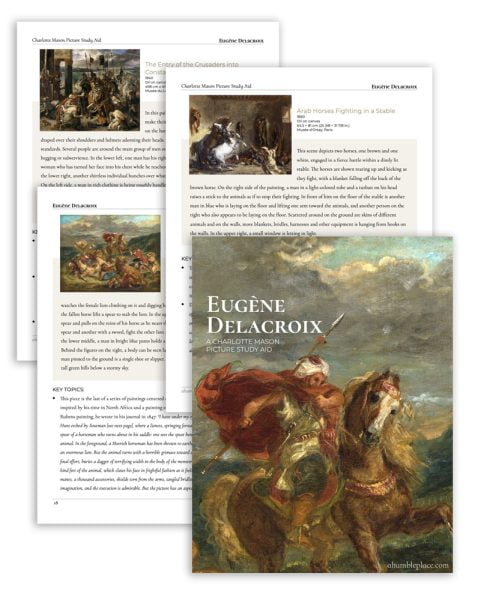

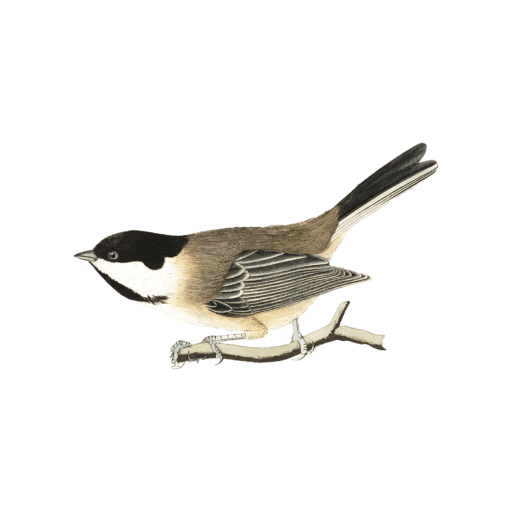

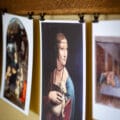
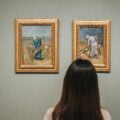
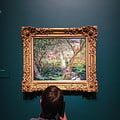


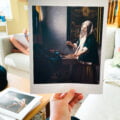

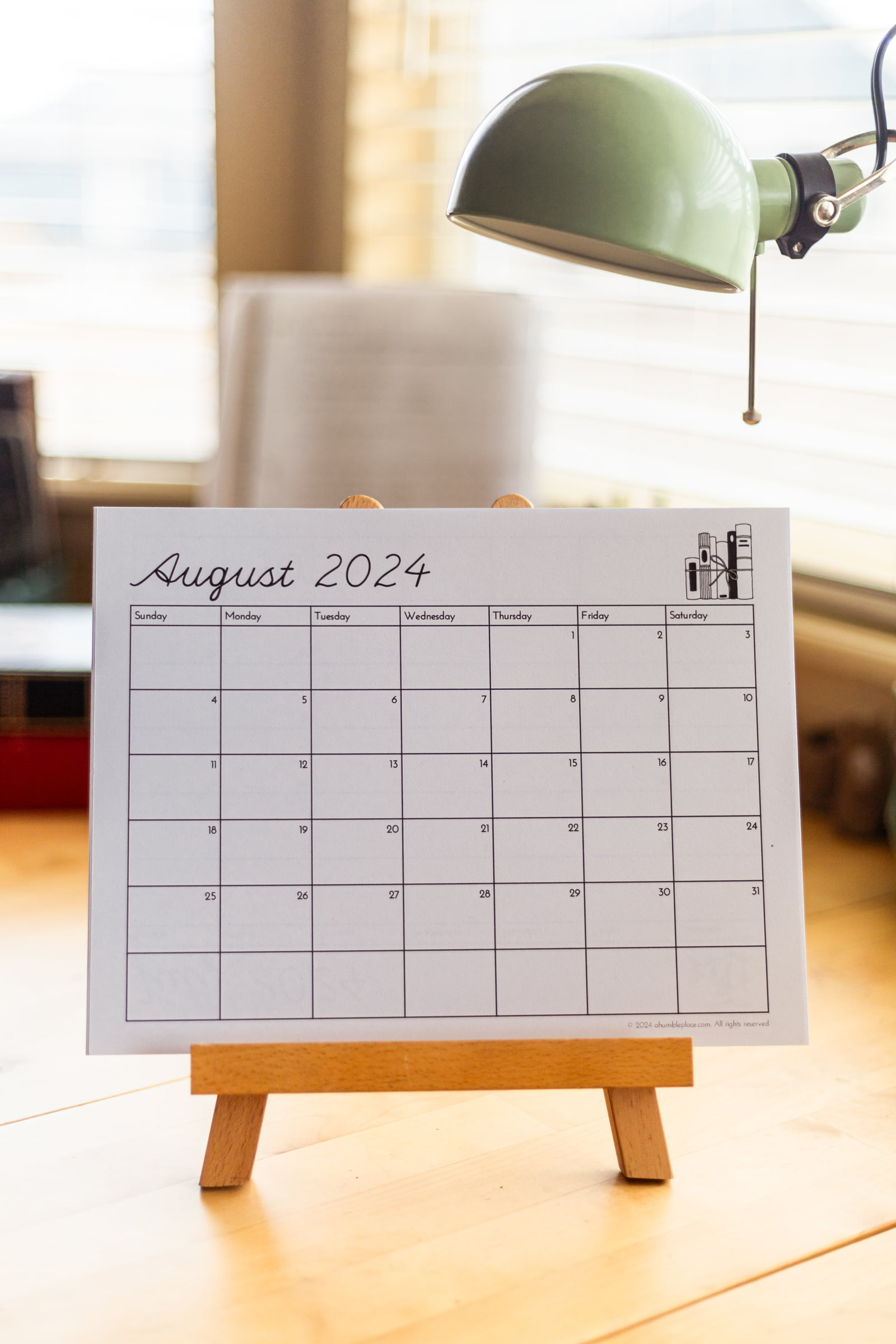
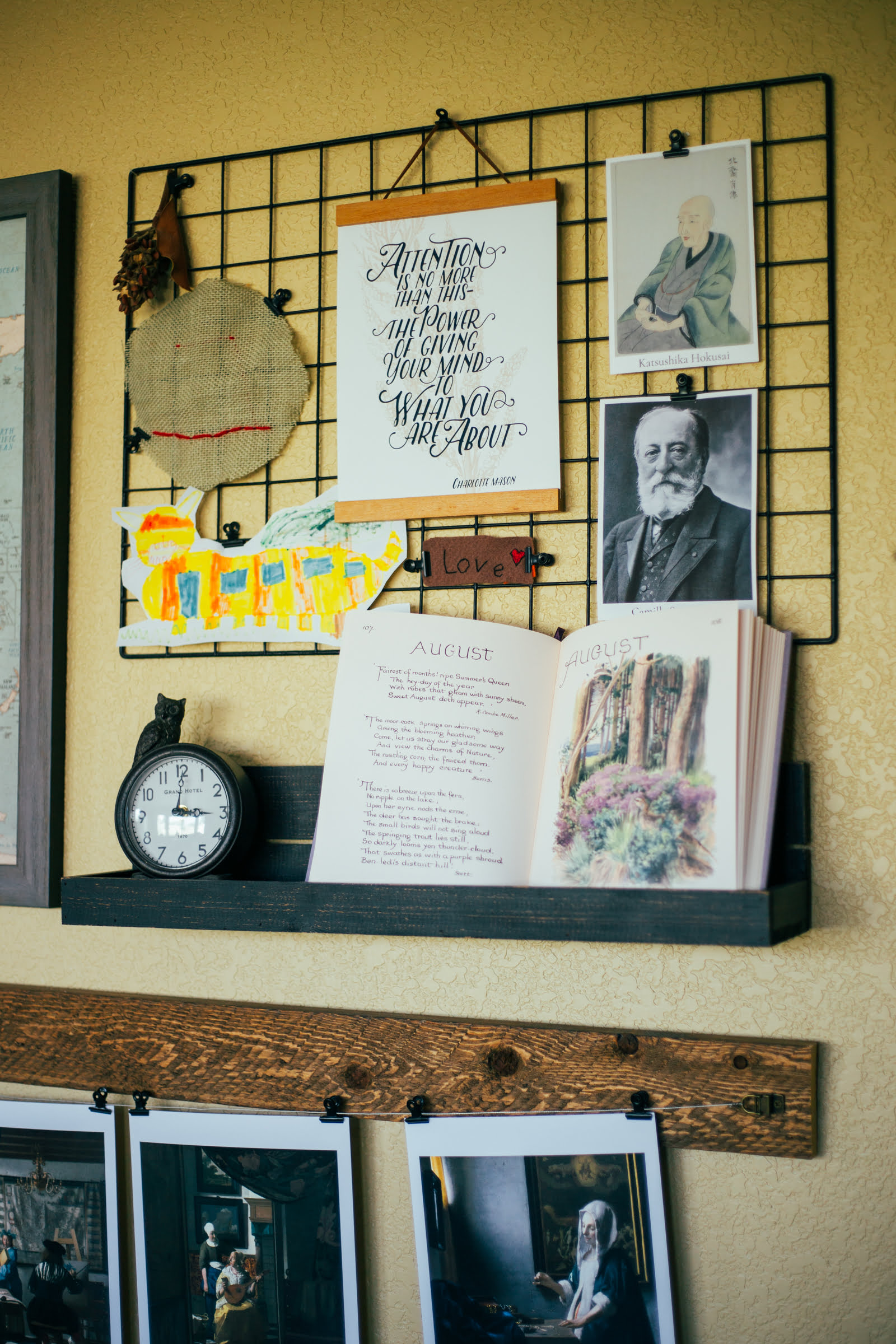
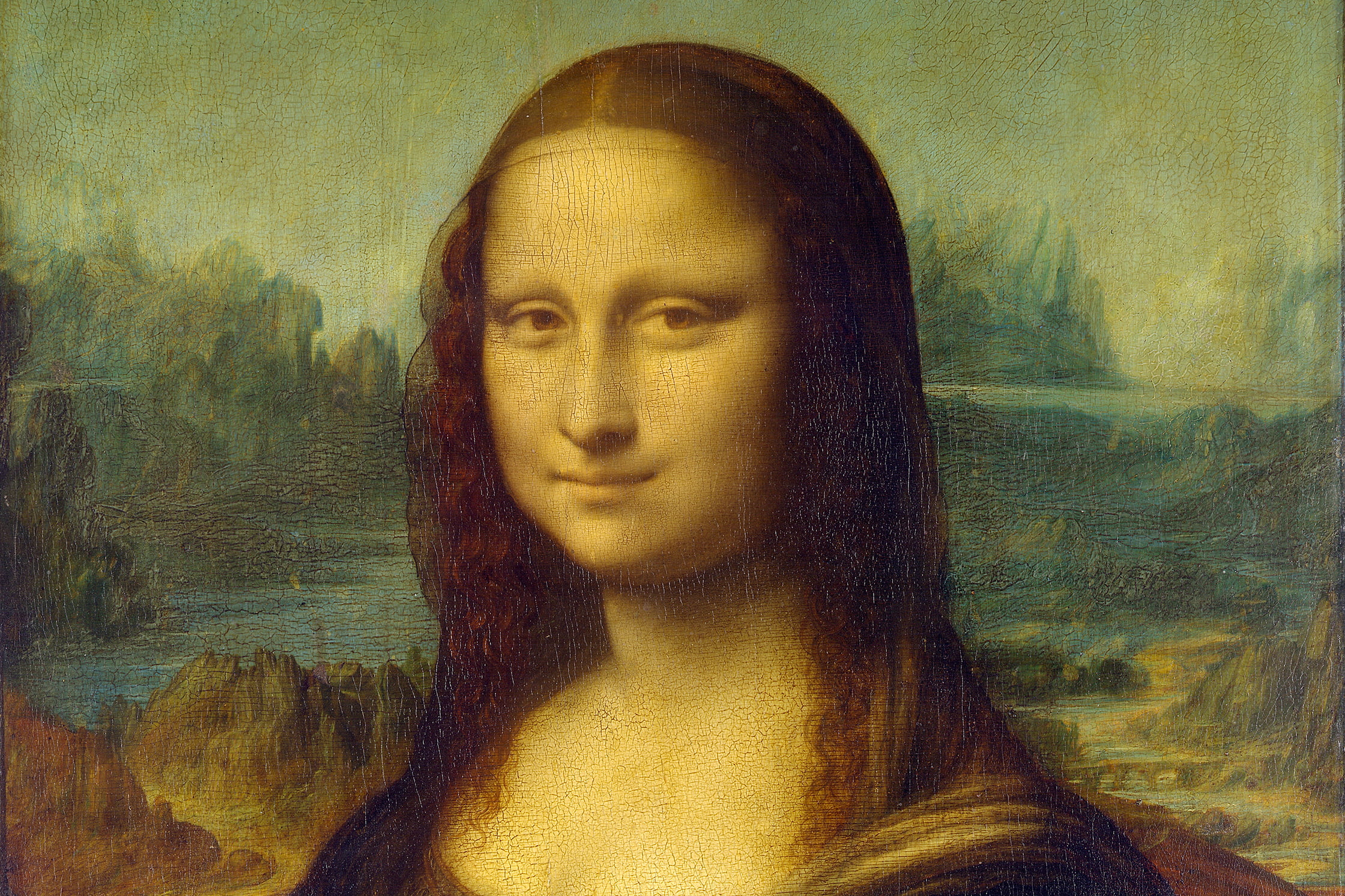
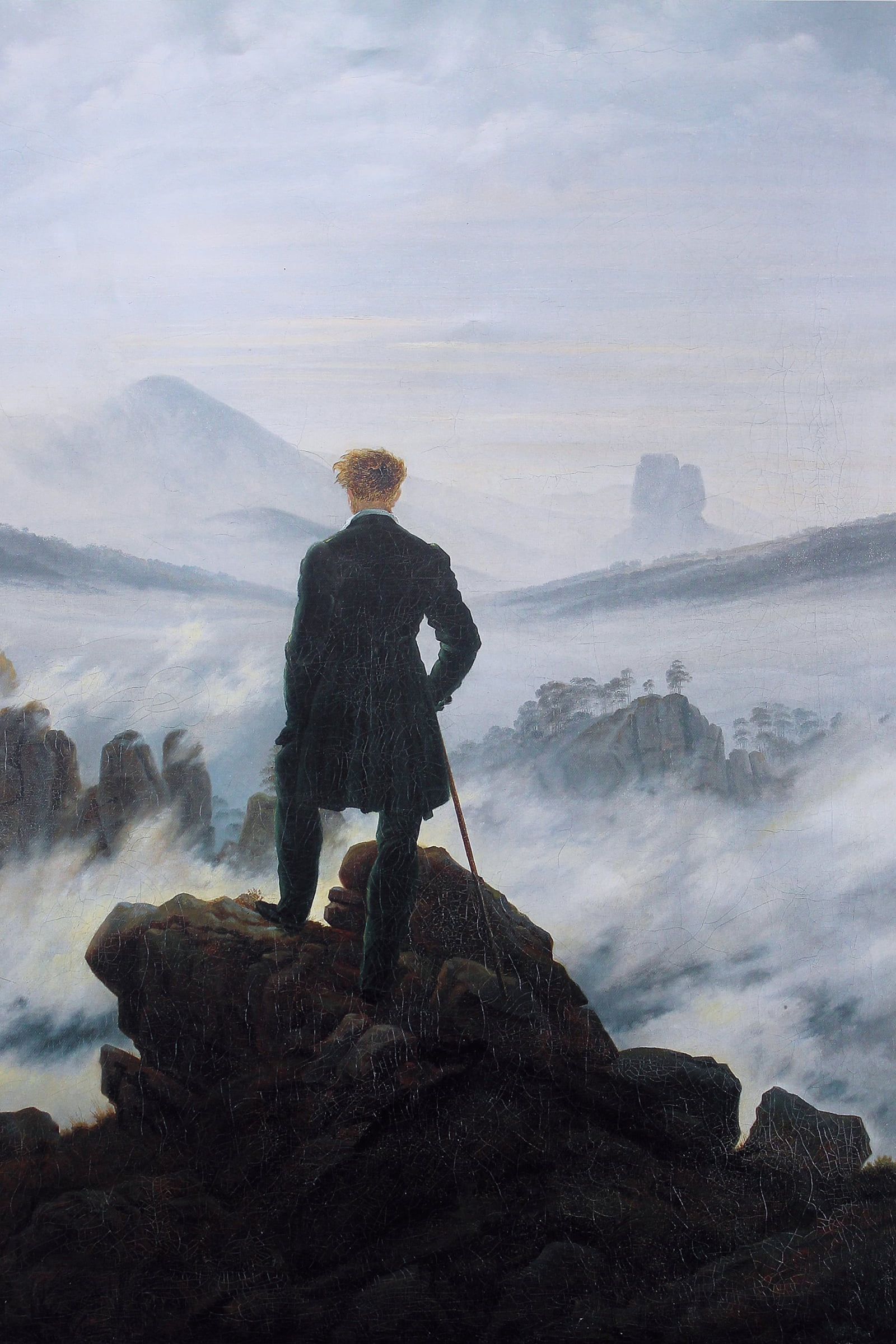

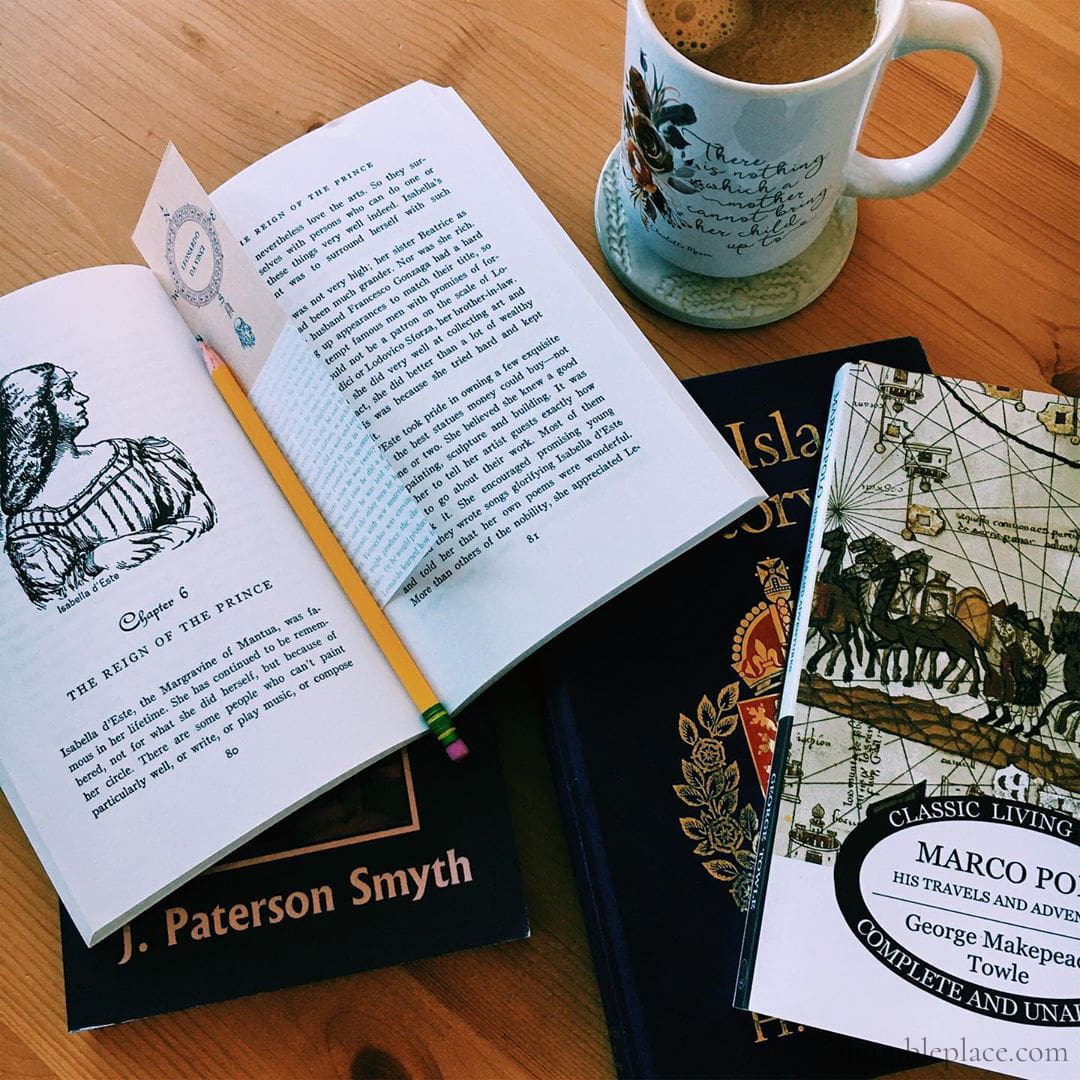
I’ll be looking forward to reading your series and I’m sure I’ll learn a thing or two or three! I fell in love with Mason’s method’s for the books/ideas because I love ideas (why I majored in Philosophy and went to law school!). As I read Mason’s words I was blown away by her wisdom into the nature of children/people and the meaning of education so I just had to take her word that including art was important ;-). I’m the mom who NEVER took any practical art class or art history class or even art appreciation class in any school setting–elementary, high school, college, NADA.
What I’ve found through including picture study is that I am learning. Even though we have mainly looked at pictures and read a few kids’ books, I have learned and grown in my appreciation of art. Now I like learning even more about art. I took a free modern art class online and I go to our local university gallery and listen to gallery talks and I enjoy it!
Those are excellent ways to grow your appreciation! I find that knowing more about the art itself allows me to appreciate it more. 🙂
Yay! I’m looking forward to this series! I knew nothing about art (besides a few famous artists’ names) before we started homeschooling. It’s one of my favorite parts of our ao curriculum, but it does often fall by the wayside as I often just run out of energy by the time we get to it. We do display the current picture on an easel so at least we’re all becoming familiar with them. Every now and then we will talk about what we see. It’s definitely an area that can use beefing up!
Displaying the current picture on a place they can see it is a great way to expose them to art as well! I know this is definitely an easy subject to let slip through the cracks, though, especially when life is busy!
How do you handle nudity in art? I have three boys and do not wish them to see these things! I understand and have researched the difference between pornography and art, but I still am very hesitant to bring nude images into our home. Thoughts?
This is a great question and one that I see pop up every so often in homeschooling circles. Nudity in art is not always necessarily sexual, but there are definitely instances, even in fine art by the masters, in which it is. On the other hand, many master painters considered the human body an amazing feat of design and engineering, so they studied and painted or drew it without clothing purely from that point of view (Michelangelo is an excellent example of this). Sometimes, though, even if it is tastefully done, it can definitely be a struggle for older students and that’s something I’d suggest a parent discusses with them before they decide if nudity is going to be included in their picture study time.
Either way, I think most artists have a wide and varied oeuvre from which to select pieces that don’t contain nudity. For those families who choose not to include nudity in their picture study, in most cases, I feel they can still get a very good glimpse of an artist’s style without it.
In our co-op, we have chosen not to include nudity in picture study to respect the wishes of older students. In our home, I have been comfortable showing my younger children art containing nudity (if it’s tasteful), but I will definitely revisit this on a year-by-year basis.
I look forward to reading more. I am almost a retired home school mum and I feel in love with Charlotte Mason and her approach to education what seems like years ago when my eldest son was 6. I loved her ideas about picture studies as I have a practical art background in painting and sculpture and love art but had never studied art history systematically so liked her gentle approach to it. I think I enjoyed the picture studies more than my children and to be honest my oldest 3 don’t like art really at all and I think that was probably partly due to our picture studies which they more endured than enjoyed. I hope to learn from you what I did wrong as I am now teaching art and I include picture studies in my curriculum but once again I don’t think the kids really enjoy them, we definitely not as much as the practical art.
I know it’s definitely not a popular subject with all children, so that can be a struggle. I hope I can offer some suggestions for implementation that are helpful!
How are the six works scheduled to last for a term?
They would study each piece for two weeks, so the first week being introduced to it and a longer viewing/narration/discussion time, and then the second time, a sort of review time could be done.
Will you be creating a picture study aid for the ancients like Egypt and Greece?
I actually have the Fayum mummy portraits on my shortlist of future PSAs which combined aspects from both the ancient Egyptian and Greek cultures (though they were made during Roman times). But I also hope to be able to offer more ancient art besides that in the future.